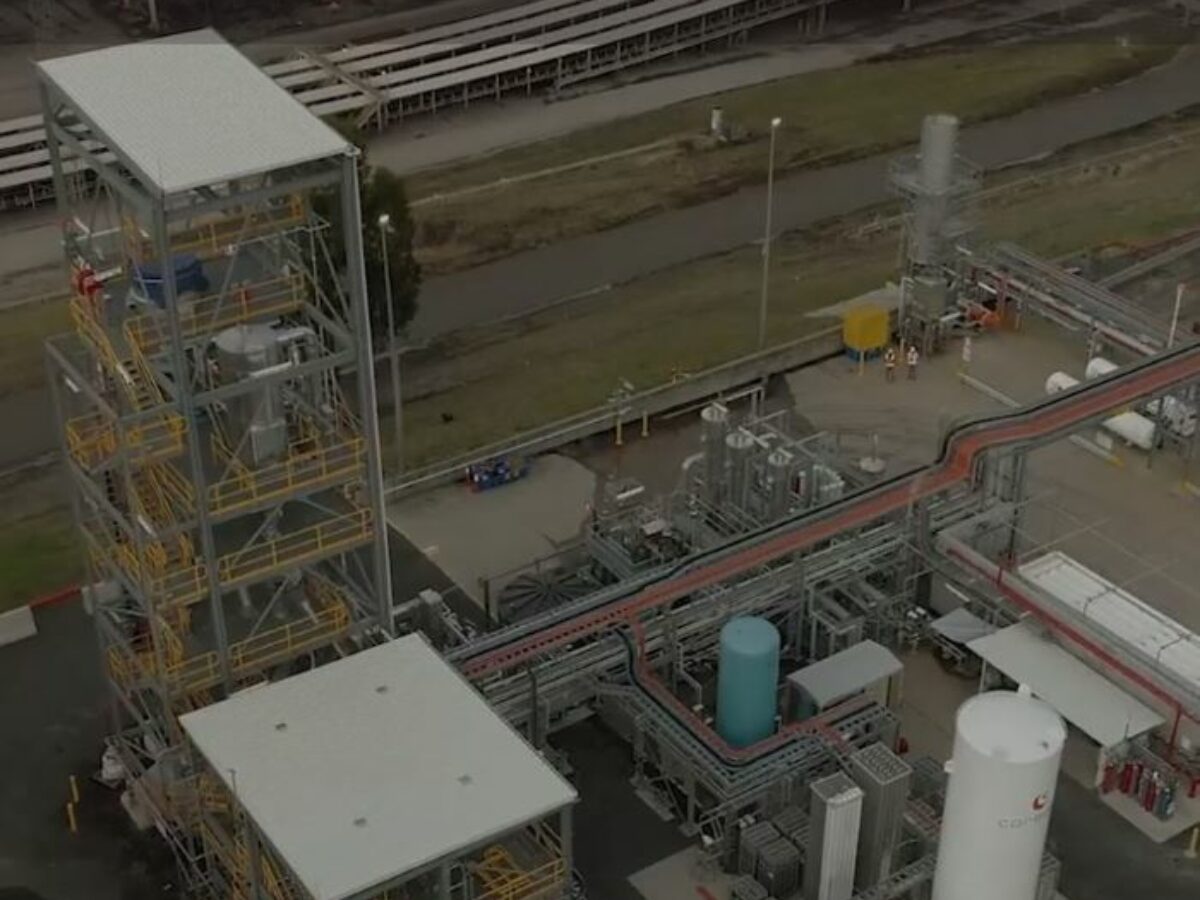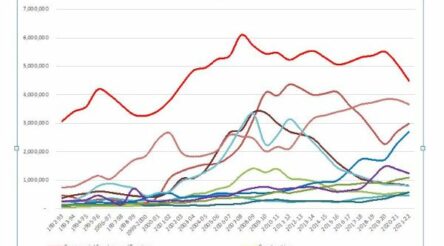Japan hydrogen push bodes well for Australia

By Peter Roberts
Australia’s hopes of becoming a green hydrogen and ammonia force are a matter of production push and customer pull – will we get our act together and invest the billions needed to produce green fuels and will there be customers be willing to buy the resultant outputs?
The former is a bit of wishful thinking, because while there are enormous projects being proposed for the Pilbara in Western Australia, the Whyalla region in South Australia and coastal Queensland, there is enormous competition internationally from countries with abundant renewable energy sources wanting to get in on the game.
Australia has a woeful record on attracting value-adding industry and while the states are very active, there is simply not enough government money available to really kick start the sector.
A paltry $500 million earmarked for the Northern Australia Infrastructure Fund to invest in hydrogen projects in Australia’s new Critical Minerals Strategy is dwarfed by the hundreds of billions allocated by the Biden administration in the US to attract similar industries.
There are dozens of huge projects on offer and $500 million will not go very far.
Given the US’s lower environmental standards and wages, it is easy to see the US stealing the march on Australia just as it did in the past decade in natural gas processing sectors.
However on the customer pull side of things the picture is brighter.
Korea and Japan in our region and Germany and northern Europe elsewhere have always been seen as the biggest potential destinations for Australian green hydrogen and ammonia exports.
Now Japan has announced a massive Green Growth Strategy that envisages:
- An increase in annual hydrogen consumption to three million tonnes per year by 2030 and 20 million tonnes per year by 2050
- A reduction in the delivered cost of hydrogen to JPY30/Nm3 by 2030 and JPY20/Nm3 by 2050 – in line with the Basic Strategy and the Strategic Roadmap and a level competitive (by 2050) with fossil fuels
- And in the short term (up to 2030), the introduction of co-firing (20 percent ammonia and 80 percent coal) in certain coal-fired power plants and, in the long term (up to 2050), to promote the development of technologies enabling a higher cofiring ratio (ammonia of 50 percent or more).
This is backed by $107 billion in funding.
Meanwhile over in Europe, ridding themselves of their dependence on Russian fossil fuels has taken on new urgency with the Russian invasion of Ukraine.
It was more customer need and and less our own initiative that created the great mineral boom of the early 2000s – perhaps customers will do the same thing for green hydrogen and ammonia.
Further reading:
Critical minerals strategy will achieve only limited local value-adding
Picture: Hydrogen Energy Supply Chain (HESC) Project
@aumanufacturing Sections
Analysis and Commentary Awards Defence Manufacturing News Podcast Technology Videos










